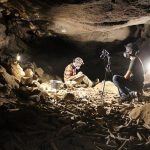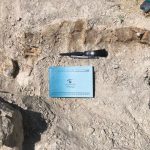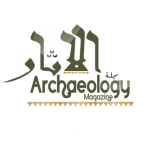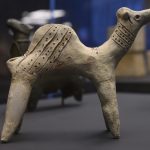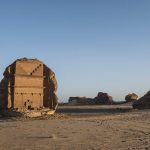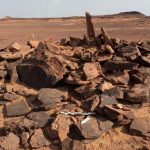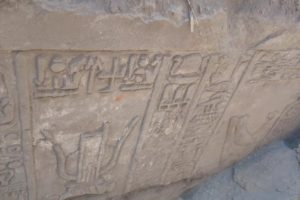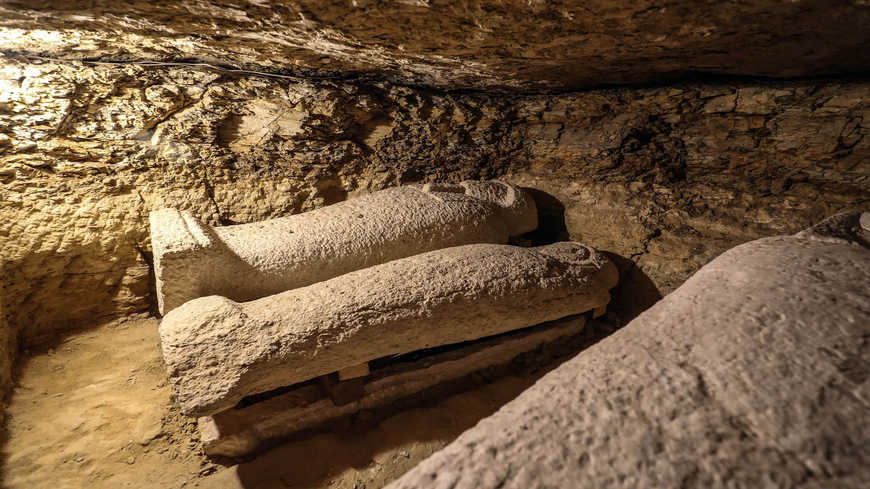
Sep 28, 2020
The Egyptian Ministry of Tourism and Antiquities resumed in August the restoration process of the tombs of 14 of the prophet’s companions in the village of Bahnasah in Minya governorate, in southern Egypt, where the graves of 5,000 of the companions and followers are located.
The National Service of the Armed Forces is implementing the restoration works with a budget of 40 million Egyptian pounds (about $2.5 million).
Bahnasah is called “the second Al-Baqi’,” a place in Saudi Arabia where many of the prophet’s companions are buried, or the “land of martyrs” due to the large number of companions and followers who entered Egypt during and after the Islamic conquest in 642.
The village is located 15 kilometers (9 miles) from Bani Mazar in Minya governorate. It contains a number of monuments dating back to the Pharaonic, Greek and Roman eras, up until the modern state.
Among the most famous monuments remaining there are domes, shrines and mosques of the companions of the Prophet, his followers and Muslim scholars, in addition to the Tree of the Virgin Mary.
The ministry responded to a call from antiquities experts from the Islamic, Coptic and Jewish antiquities sectors working in Bahnasah, who presented memorandums to the ministry to restore the domes and mausoleums. Minister of Antiquities Khaled el-Anany paid two visits upon this request to inspect the site in December 2019 and in January 2020, after which the works started.
In February, a detailed brochure with pictures was published that includes a brief about the history of Bahnasah village, the mausoleums and domes.
The restoration process began in March, but then stopped due to the coronavirus pandemic; it resumed at the beginning of August. The process is divided into two stages. The first stage consists of documenting the extent of deterioration of the domes and mausoleums and restoring them to their original beauty.
Before the monuments were registered with the Ministry of Antiquities, they suffered decades of deterioration due to environmental pollution, overpopulation in the area, weather conditions, heavy rain and past faulty repairs by some of the villagers.
The soil has crumbled underneath the base of the tombs as most of them are located on high ancient hills causing a lot of damage. In addition, the 1992 earthquake shook these tombs and separated some walls from each other.
The restoration plan consists of first ensuring that the dangerous defects of the monuments are secured on the inside and outside in order to preserve the archaeological and architectural elements remaining. Second, the tombs’ outer appearance will be restored to the original white colors.
The second stage of the restoration includes the adding of signage with the names and a historic brief of the sacred monuments, building a shortcut road joining the outskirts of Minya and the crowded areas inside directly to the site, planting trees and installing lighting for all the artifacts inside and outside the tombs and the entire area.
Also, the second stage includes the establishment of two gates at the eastern and western entrances to Bahnasah in an antique style commensurate with the region and putting trash cans at the site.
Villagers believe that Bahnasah contains many monuments that qualify it to be placed on the list of important tourist attractions in Egypt.
“Many people come on Fridays and special occasions to visit the site and even people from Southeast Asian countries such as Malaysia, Indonesia and Thailand come specifically just to visit this sacred place. We are currently working to make it a better place for tourists to visit,” Slama Zahran, director of the Bahnasah Archaeology District, told Al-Monitor.
He added, “Approximately 5,000 to 6,000 people would visit this place weekly, but people stopped coming during the coronavirus crisis. We are currently not allowing visitors during the restoration process to avoid any injuries.”
On May 26, the Egyptian-Spanish archaeological mission affiliated with the University of Barcelona discovered a unique cemetery in Bahnasah.
Nada Shaker
Al-Monitor

